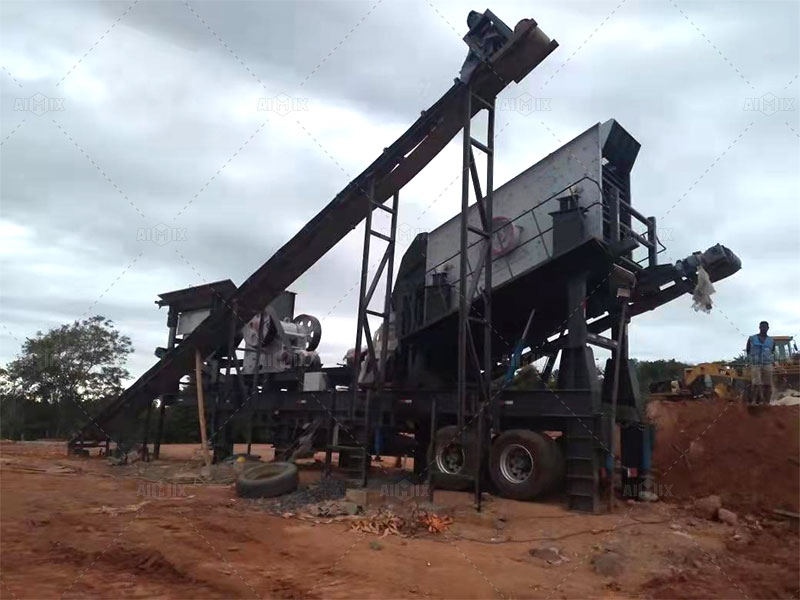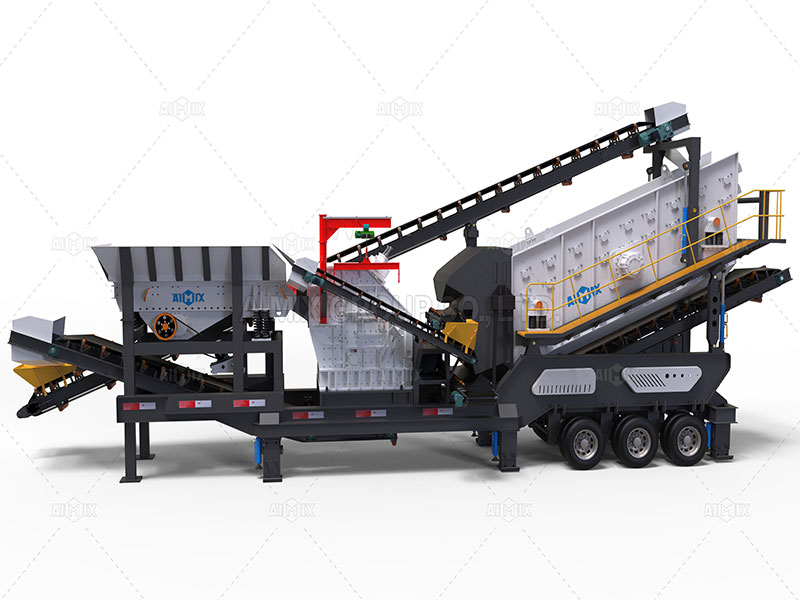Crushing plants play a crucial role in various industries, including mining, construction, and recycling, by processing raw materials into usable aggregates and minerals. However, the operation of crushing plants can contribute to pollution at the working site if not managed effectively. Fortunately, modern crushing plants employ a variety of strategies to minimize pollution and mitigate environmental impact.
Understanding Pollution from Crushing Plants
Crushing plants generate pollution primarily through dust emissions and noise pollution. Dust emissions arise from the crushing and handling of raw materials, while noise pollution is produced by the operation of crushers, conveyor belts, and other machinery. These pollutants can have adverse effects on both the environment and the health of workers at the site.
Implementing Dust Suppression Systems
Dust suppression systems are crucial for reducing airborne dust particles generated during crushing operations of the stone crusher plants. These systems employ various methods to control dust emissions and prevent their dispersion into the atmosphere.

Water Spraying Systems:
Water spraying systems are commonly used to suppress dust by spraying a fine mist of water over the crushing area and conveyor belts. The water droplets capture dust particles, causing them to settle and preventing their release into the air.
Enclosures and Sealing Mechanisms:
Enclosing critical areas of the crushing plant for sale, such as the crusher chamber and conveyor belts, helps contain dust emissions at the source. Sealing mechanisms, such as rubber skirts and gaskets, prevent dust from escaping into the surrounding environment, ensuring effective containment.
Dust Collection and Filtration Units:
Dust collection units equipped with high-efficiency particulate air (HEPA) filters or cyclone separators capture airborne dust particles before they can escape into the atmosphere. These filters trap even the finest dust particles, ensuring compliance with environmental regulations and minimizing environmental impact.

Reducing Noise Pollution
Noise pollution from crushing plants can be disruptive to workers and nearby communities. Implementing measures to reduce noise emissions is essential for maintaining a safe and productive working environment.
Acoustic Enclosures:
Installing acoustic enclosures around crushers and other noisy equipment helps contain noise emissions and prevent them from spreading to the surrounding area. These enclosures are constructed using sound-absorbing materials such as foam panels or composite barriers, effectively dampening noise levels.
Vibration Dampening Mechanisms:
Vibrations generated during the crushing process can contribute to noise pollution. Implementing vibration-dampening mechanisms, such as rubber mounts or isolators, helps minimize the transmission of vibrations to surrounding structures, further reducing noise levels.
Advantages of Pollution Reduction at Crushing Plants
Environmental Protection: By implementing dust suppression and noise reduction measures, the mobile crusher plant for sale helps minimize its environmental footprint and mitigate pollution at the working site.
Worker Health and Safety:
Reducing exposure to airborne dust particles and noise emissions protects the health and safety of workers at the site, minimizing the risk of respiratory ailments and hearing loss.
Regulatory Compliance:
Many regulatory agencies impose strict limits on dust and noise emissions from industrial operations. By adhering to these regulations, the limestone crushing plant ensures compliance and avoid potential fines and penalties.
Conclusion
In conclusion, the effective management of pollution at crushing plant sites is essential for protecting the environment, ensuring worker health and safety, and complying with regulatory requirements. By implementing dust suppression systems, noise reduction measures, and other pollution control strategies, crushing plants can minimize their impact on the surrounding environment and create a safer and more sustainable working environment. As the industry continues to evolve, the adoption of innovative technologies and best practices will remain crucial in reducing pollution and promoting environmental stewardship at crushing plant sites.
